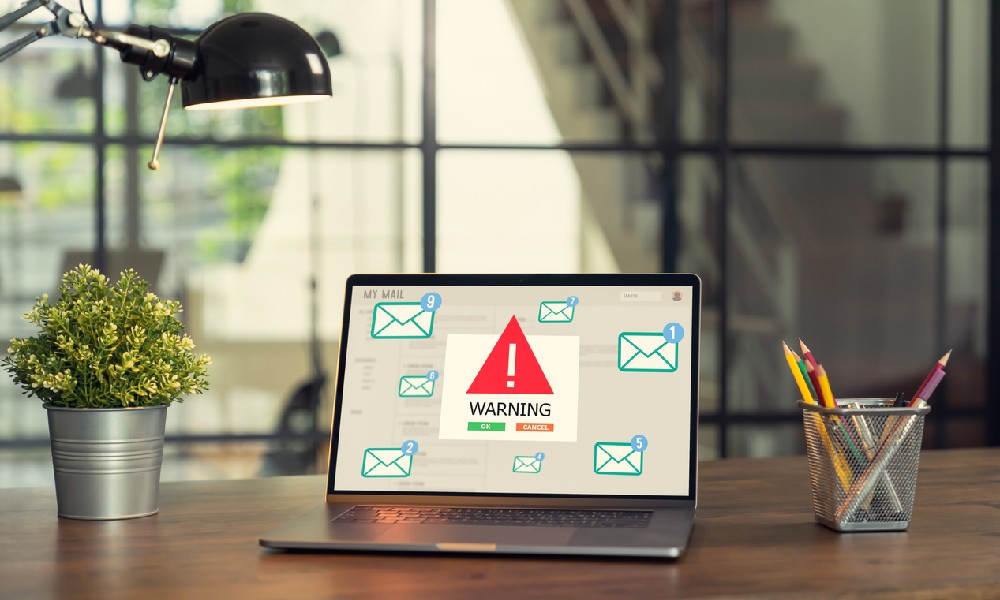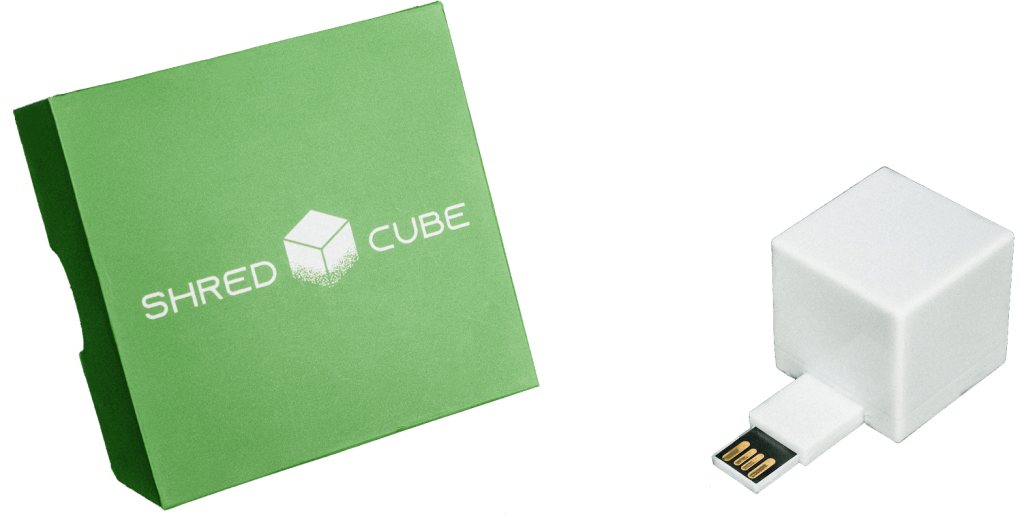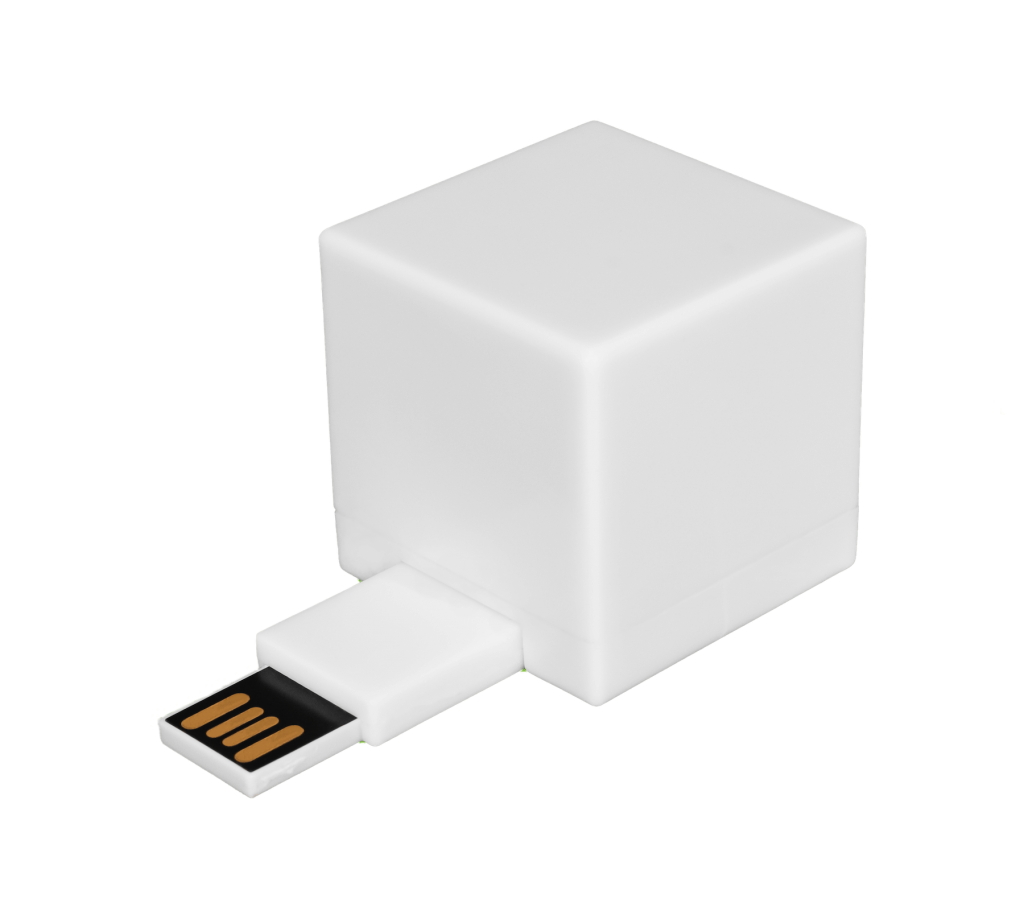The varieties of malware infesting cyberspace these days seem innumerable, and their attacks unavoidable. Computers have little choice but to inform themselves about what they’re up against and what they can do to minimize damage.
One common piece of malware is called Sality, which cyber criminals deploy to attack Microsoft Windows users. The malware was discovered in July 2003 and has been updated over the years. Hackers have used obfuscation techniques to hide portions of Sality code, making it difficult for anti-malware tools to detect it. They have also made it possible to implement the malware’s functions as separate modules that can be downloaded from URLs or via peer-to-peer networking.
Solutions are available to help Windows users guard against Sality cyberattacks, however. Don’t wait to protect against Sality. Use this guide to learn about these attacks and plan accordingly.
The Sality Malware Method
Early versions of Sality used entry point obscuration (EPO) to hide in a Windows system. They would insert a command somewhere in the middle of an infected file’s code. When a Windows system read the infected file and tried to execute it, the system would “jump” to and execute the malware’s code instead.
Here’s what happens during a Sality attack:
- Sality executes a malicious payload once it is installed on a Windows system.
- The actions performed vary based on the malware variant.
- Most Sality viruses try to terminate system processes, including those that execute security programs.
- They can also attempt to open connections to remote sites, download and activate malicious files, and steal user data.
Today’s Sality viruses infect executable files on local, shared, and removable drives. It adds malicious code to the end of an infected (or host) file. This code is polymorphic, too, which makes it challenging to identify and analyze.
How to Tell if Sality Malware Infects Your Windows System
Users can inadvertently download Sality from the internet. The malware can infect Windows files and propagate via removable drives and network shares.
A Sality virus won’t necessarily make its presence felt when it infects your computer. Problems can crop up, however, that indicate you may be dealing with an infection, such as:
Your Computer’s Security Settings Have Changed
Cybercriminals can use Sality to alter your Windows computer’s security settings, making your device increasingly susceptible to cyberattacks. You can review your computer’s security settings by accessing the Update & Security menu in your device settings, followed by the Virus & Threat Protection menu under Windows Security.
Security Software Stops Running
Windows Security Center shows the state of antivirus software running on a Windows computer. Access the Security Center and select Malware protection to determine whether your antivirus software is active.
Files Are Removed From Your Computer
Sality malware is known to delete security-related files and others from Windows computers. You can track file deletions in Windows Event Viewer. Go to Windows Logs, followed by Security, to find events having IDs 4660 (file/folder deletions).
You can use Windows Defender Antivirus for Windows 10 and Windows 8.1, Microsoft Security Essentials for Windows 7 and Windows Vista, and the Microsoft Safety Scanner to detect and remove the malware. Run a full scan of your computer when you use any of these tools. This will ensure that any other hidden viruses are identified and addressed.
7 Ways to Guard Against Sality Malware

Sality malware attacks can happen to any Windows user at any time. A proactive approach to protecting against these attacks gives you the best chance to prevent malware from infecting your computer.
There is no stopping Sality attacks, but you can take steps to guard against them. These include:
1. Keep Your Security Software Up to Date
Sality is evolving, so you need to keep your security software up to date. Set up automatic Windows updates to get the most up-to-date security patches from Microsoft. You should also watch for updates to any third-party security tools you use and download them as soon as they become available.
2. Do Not Download Suspicious Attachments
Beware of emails from unknown senders, since these messages can contain malicious attachments. Err on the side of caution; do not open emails or download attachments if you are unsure who sent them.
3. Set Up a Firewall
A firewall allows you to monitor network traffic and prevent Sality and other cyber threats from penetrating your Windows system. You can activate Microsoft Defender Firewall on your Windows computer. Those who want extra protection can use Defender Firewall in conjunction with a third-party firewall.
4. Limit User Privileges
Enable User Account Control (UAC) to run your Windows computer with the least user privileges. This limits the possibility of cyberattacks that require administrative privileges to execute.
5. Avoid Pirated Software
Illegal software can be loaded with Sality and other malware that infects your Windows computer. This means downloading pirated software can provide cybercriminals with access to your bank account numbers, Social Security number, and other sensitive information stored on your computer.
6. Use Strong Passwords
Choose a password for your computer that includes a combination of uppercase and lowercase letters, numbers, and special characters. Use a password that you’re sure to remember, but don’t write it down or keep it in a spot where others can access it. This minimizes the risk that unauthorized users can access your computer and inadvertently download malware or other malicious software onto your computer.
7. Leverage a Digital File Shredder
Use a USB file shredder to permanently remove unwanted files from your Windows computer. The shredder lets you quickly erase files from your computer without the risk that they can be recovered. Use the shredder regularly; this ensures you can keep files off your computer and prevent cybercriminals from ever potentially accessing them.
These tips can help you plan for Sality and other cyber threats. There is no surefire solution to stop all cyberattacks, but constant vigilance is a good place to start. You need to frequently evaluate your security posture so you can stay in the loop regarding Sality variants and other cyber risks. It can be beneficial to seek out a security expert who can help you keep pace with the cyber threat landscape.
Contact a File-Shredding Expert to Reduce Your Security Risks
Current and emerging cyber threats often focus on accessing the files we want to keep secure. The Shred Cube is an innovative solution to permanently delete unwanted files before they are compromised.
The Shred Cube lets you securely destroy data on Windows computers and other devices. Contact Shred Cube to learn more about how digital file shredding can help you protect your personal information against cyber threats.












